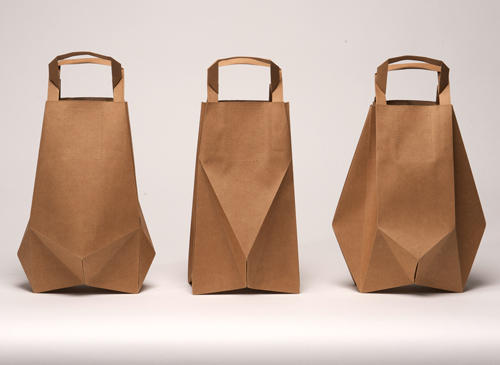From his blog, here's the strategy:
History in a Bag
"Purchase or find enough brown paper bags for all of your students. Write a
number on each bag and give one to every kid. Ask them to place five personal
items into the bag, close it and to remember the number (for identification
later). These items can be anything in their pockets, backpack, etc. Place all
of the bags in a pile and have the students select one at random.Provide a series of questions that they will answer as they attempt to decipher these “artifacts.” Is this person male or female? What do they think is important? How old is this person? Where do they live? The questions aren’t so important as the rationale used to answer the question. You want kids to start thinking about how we know what we know, to start to understand the historical process.
Have students get into groups of two or three to explain their answers. As a large group, ask kids to identify the owners of their bag’s artifacts. Lead a discussion about historical process and how we know what we know."
How is this connected to the history concept of Historical Process?
When students construct their own understanding of history, they collect lots of ideas related to the people, events, ideas, and interactions of a time or place. Those ideas might come from secondary sources or from primary sources. As we teach students to engage in the practices of a historian, we expose them to a number of primary sources. When using this strategy, we have the opportunity to help students understand that the artifacts in the bag are like primary sources. Historical process involves pulling together information that learners glean from primary and secondary sources.
If we asked students to analyze the artifacts, we would encourage students to 1) identify what they notice about the artifacts, 2) ask questions about the artifacts, 3) predict what each artifact tells us about the student. This process of analysis is also part of the historical process.
Last, we might ask students, "How might we use all of the artifacts to describe this person?" Students determine how each of these artifacts (or pieces) are connected. This synthesis of their ideas is when students construct history using multiple pieces of evidence (or artifacts). This type of synthesis, or pulling the pieces together to create a story based on evidence, is also part of the historical process.

No comments:
Post a Comment